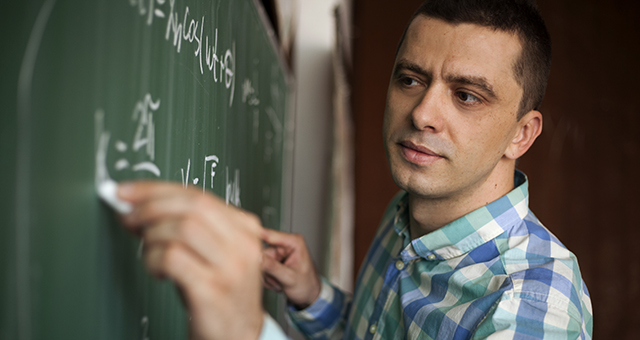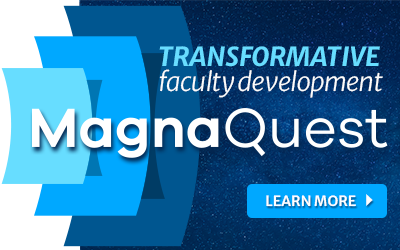This is Part 2 in a 2-part series. Read Part 1 here.
Fourth, no matter how well intentioned and no matter how much material is covered, student learning will be severely limited by lack of retention. Retention in learning must be built into syllabus construction and course delivery from the first day of class. A useful guide to have all new faculty read is L. Dee Fink’s Creating Significant Learning Experiences: An Integrated Approach to Designing College Courses (2003). Courses that generate both significant and sustainable learning involve challenging students; using active forms of learning; having teachers who truly care about their subject, students, and teaching and learning; having teachers who interact positively with their students; and creating a good system of feedback, assessment, and grading.
Fink identifies twelve steps in what he labels “integrated course design.” This process of syllabus construction is the opposite of the normal system of beginning with content to be covered and levels of proficiency to be achieved. Instead the process of syllabus construction and course delivery begins with an examination of important situational factors such as the composition of the class and previous learning of students enrolled in the course. It then moves on to defining the most important learning goals and follows that with a critical definition of what kinds of feedback and assessment procedures will be appropriate for the course. The next critical step is the selection of effective teaching and learning activities. According to Fink’s method, the actual construction of the course syllabus is step eleven right before the faculty member’s plan for evaluating the effectiveness of the course and his or her teaching effectiveness.
Fifth, effective teaching is an interactive and dialog-determined experience. This means that colleges and universities should commit themselves to seeing the teaching experience not just from the point of view of the faculty member or his or her colleagues but also in the context of the classroom environment and student reactions. This means that the video recording of classroom teaching is a vital part of the transition experience for new faculty or faculty who are new to a specific institution’s mission and student body. Not all regional universities are the same, nor are all liberal arts colleges the same. By reviewing videos of their classroom performance, faculty will learn much toward enhancing their teaching effectiveness. After the individual faculty member has reviewed videos, having another faculty member selected by the transitioning faculty to review the same videos and offer collegial advice will reinforce and enhance learning toward teaching effectiveness. Every college should create a pool of these consultant teachers who are known for their established effectiveness.
Sixth, an effective transitioning program will use a website, either within the institution or that is nationally recognized, that provides rich resources on teaching effectiveness. It is best to use a national site unless the institution wants to make a significant investment in developing its own materials and assessing their validity. For small institutions, the selection of a national site is absolutely required.
A seventh and final element of an effective transitioning program would be the assignment of a teaching peer mentor for the first two years of a new faculty member’s teaching at the institution. Unfortunately, ineffective habits develop early in teaching and become defining for future teaching. They need to be gently corrected early on in a teaching career just as they are most effectively corrected early in K–12 teaching careers. While sometimes this may involve a member of the faculty member’s academic department, this will often not be the case in small institutions with departments of three or four faculty members. However, the peer mentor consultant needs to be in a disciplinary area that creates some level of credibility for the transitioning faculty member, such as a science discipline faculty member for a chemistry faculty member and a social science discipline faculty member for a political scientist.
A successful transitioning program will continuously communicate some realities about teaching and learning. Teaching is not content or coverage based but knowledge-construction based and focused on key learning experiences to be achieved. Teaching must never stress information exposure versus future use of information relevant to individual learners. Teachers needs to spend a significant amount of time uncovering students’ false understandings and judgments due to previous learning. And faculty members must always remember that effective teaching involves the creation of trust between the learner and the teacher without which retention of learning will quickly deteriorate after the course is completed. To have an overall grasp of these realities of teaching, it would be good for all new faculty to read Parker Palmer’s work, especially his Courage to Teach (1998).
Henry W. Smorynski is a Midland University leadership fellow.
Reprinted from “Effective Transitioning to College Teaching” in Academic leader 32.6(2016)6,7 © Magna Publications. All rights reserved.



